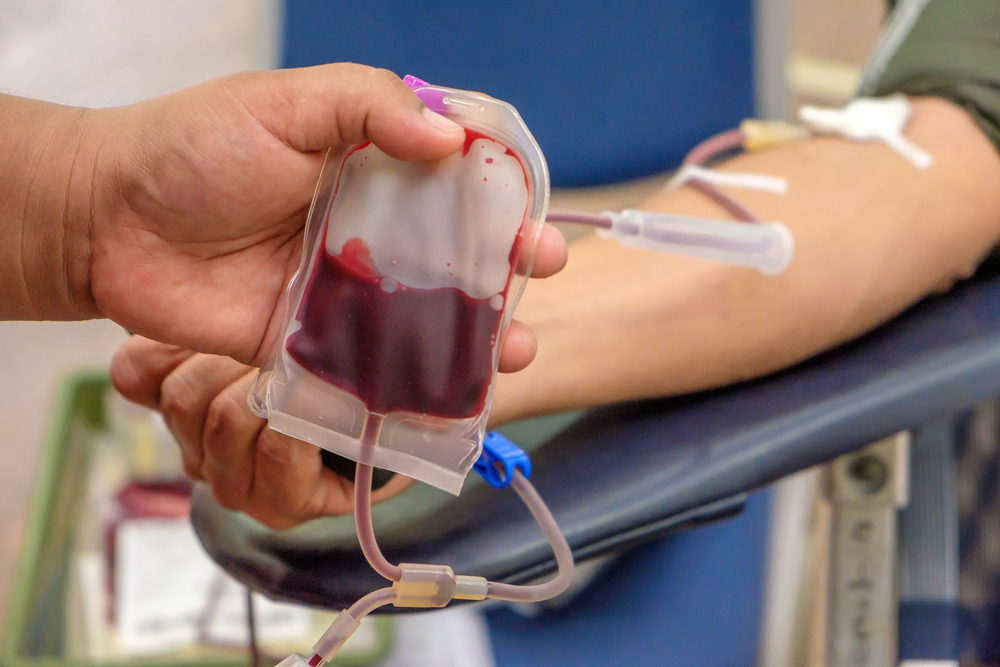Contents:
- Medical Video: Arterial Plaque Removal - Heart and Vascular Services at Texas Health Presbyterian Hospital Dallas
- Blocked blood vessels usually have no symptoms
- What are the checks that can be done to check fat deposits?
- Carotid Intimal Media Thickness (CIMT)
- Coronary Artery Calcium(CAC)
Medical Video: Arterial Plaque Removal - Heart and Vascular Services at Texas Health Presbyterian Hospital Dallas
Atherosclerosis is a collection of diseases caused by narrowing of the body's blood vessels due to blockages in the walls of blood vessels. Blockage causes the blood supply to certain organs to be blocked so that the cells in the organ can die. For example, if the clogged is a heart blood vessel (coronary artery), then a person can get a heart attack. Another thing, if the blockage is in the blood vessels leading to the brain such as the carotid artery, then the stroke cannot be avoided. Both of these diseases, both heart attacks and strokes, still occupy the leading cause of death in the world.
Blocked blood vessels usually have no symptoms
Blockages in the walls of blood vessels consist of cellular debris, blood cells (such as platelets and leukocytes), immune cells, calcium and the most are fat. Fat that is stuck in a damaged blood vessel can form plaque or fat crust. The thicker the fat crust, the narrower our arteries.
The presence of plaque or crust in our body, initially does not cause symptoms. Until the thickness of ± 50% of the width of the blood vessels, this crustal layer just raises symptoms. Symptoms that arise depend on the organ that dies. Differences in symptoms are also shown between women and men. In women, symptoms are often not typical, so they usually have more fatal consequences. Death to women is still higher than men.
Finally, various studies study how to recognize groups of atherosclerosis earlier. For example, coronary heart disease, early assessment can use Framingham Risk Score (FRS) which is commonly used in the United States or Systematic Coronary Risk Evaluation (SCORE) in Europe. In Indonesia alone, these two scoring were adapted to recognize atherosclerosis in risky but asymptomatic groups.
However, the limitations of the assessment component caused this scoring to not be able to prevent it completely. Disabilities and deaths from coronary heart disease and stroke are still high. According to the Basic Health Research (RISKESDAS) Ministry of Health of the Republic of Indonesia, the number of stroke cases has increased, which was originally only 8.3% in 2007 to 12.1% in 2013. Therefore, various types of follow-up checks to detect fat crust have been developed. that is in our body. This examination is usually done in healthy people with risk factors or people who are at medium risk of atherosclerotic disease.
What are the checks that can be done to check fat deposits?
Carotid Intimal Media Thickness (CIMT)
Enhancement intimal media thickness (BMI) occurs in the early phase of the atherosclerosis process. Some studies say, measuring increased carotid artery IMT using ultrasonography has become the standard for assessing atherosclerosis. This is also recommended by American Heart Association as a cardiovascular risk assessment. Research shows that the higher the value of carotid IMT, the higher the incidence of strokes and heart attacks. This can happen to everyone, with or without heart disease before.
Why is the measurement done in the carotid artery? The carotid artery was chosen for BMI measurements because the location of the carotid artery is not deep, without any bone structure or air shadow blocking it, and away from moving structures, such as the heart. Measurement of carotid artery IMT with ultrasound B-mode is a non-invasive, sensitive examination, and can be used to identify and measure the severity of atherosclerosis, as well as the risk of cardiovascular disease.
The American Society of Echocardiography can see atherosclerotic plaques that cause heart attacks> 1.5 cm or ≥ 50% of arterial wall thickness. Other studies say CIMT> 1.15 cm is associated with a 94% chance of a heart attack or stroke.
Coronary Artery Calcium(CAC)
Calcification of blood vessels is caused by a blockage consisting of calcium deposits. This calcium buildup causes blood vessels to narrow. Of the various case reports, 70% of heart attack cases have calcification in their arteries. Detection of CAC does only detect hard plaque, but from the discovery of calcification, usually the presence of soft plaque or mixed plaque is usually found.
The CAC value itself can be used to predict cardiovascular events and change the level of risk. A positive CAC value indicates an atherosclerosis process. An increase in the CAC score is known to increase the risk of heart attack and stroke, especially if the CAC score is> 300. A study accurately mentions people with a CAC score> 300 will experience a heart attack within a period of 4 years. The study also concluded that CAC score if done in low risk populations according to Framingham Risk Score (FRS), it will still be useful to predict cardiovascular events.
READ ALSO:
- Sleep Disorders Can Become Stroke Risk Factors
- What type of stroke is the most deadly?
- Risk of Disease Related to Your Blood Type












